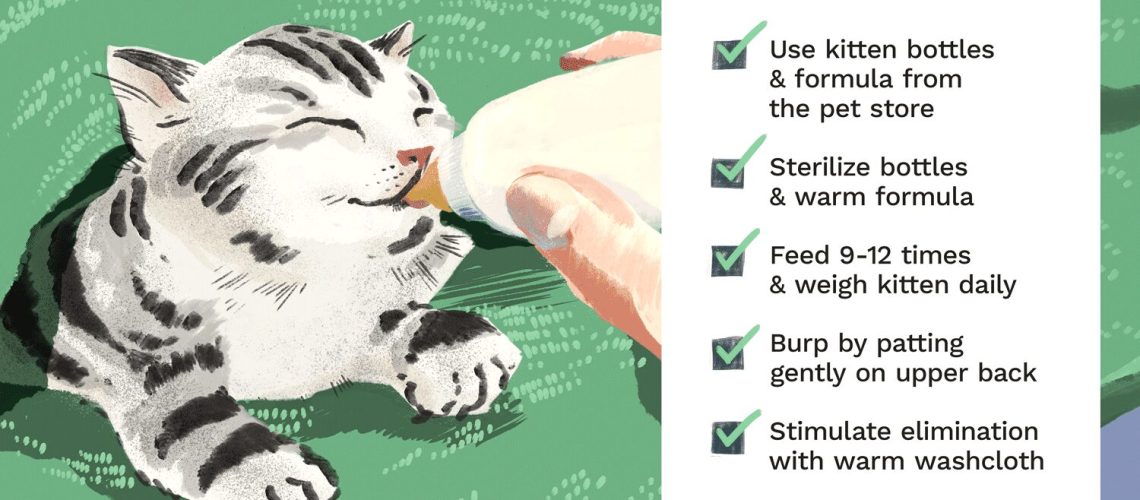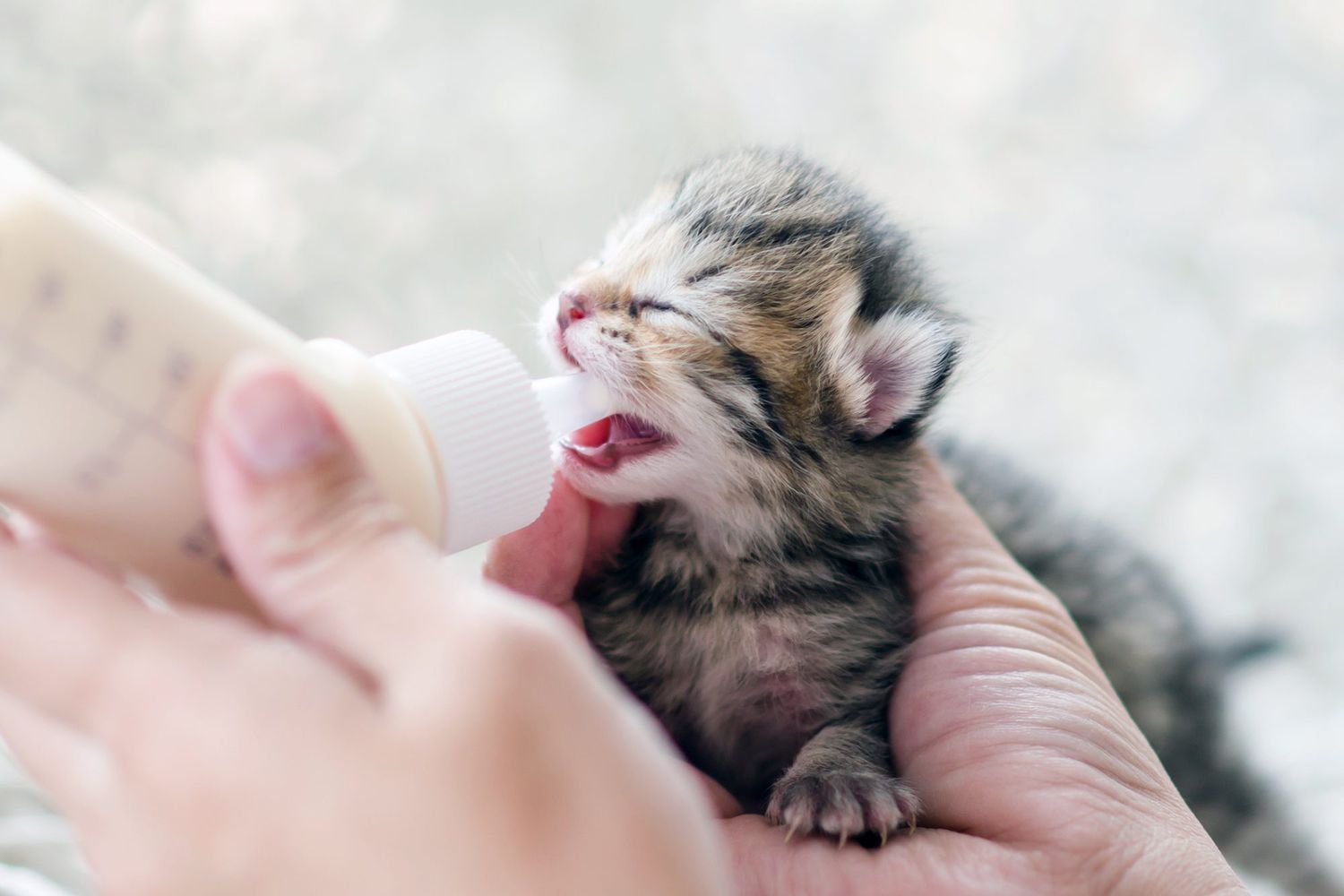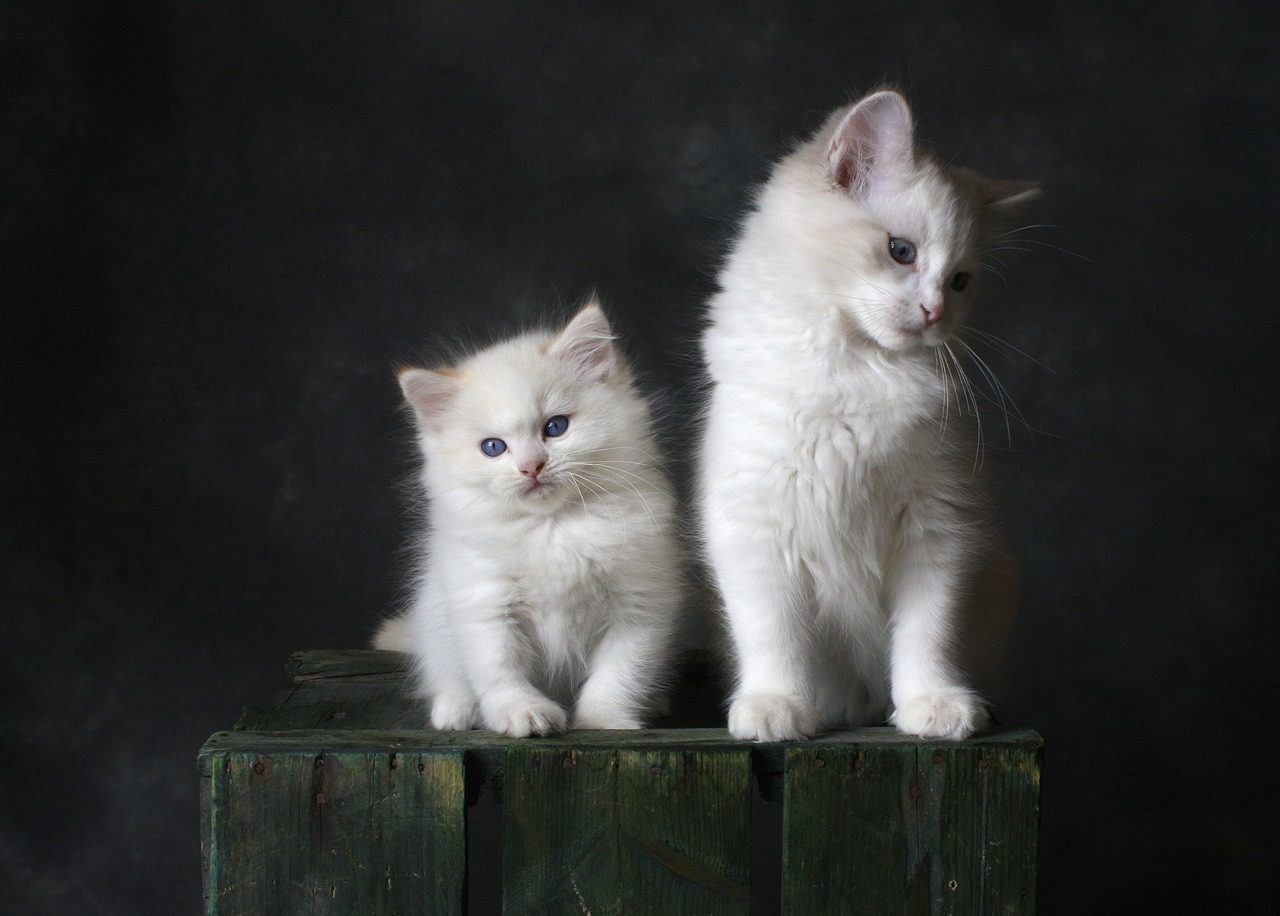Are you ready to embark on an extraordinary journey of nurturing and caring for adorable newborn kittens? If so, grab a seat and prepare to be amazed by the incredible benefits that come with bottle feeding these tiny feline wonders. Understanding how to properly bottle feed your newborn kittens is not only essential for their health and well-being, but it also allows you to experience the joy and satisfaction of being their primary caregiver.
So, whether you're a seasoned cat lover or just starting out on this delightful adventure, this guide will seamlessly introduce you to the world of bottle feeding newborn kittens. Get ready to witness their growth, bond with them like never before, and create unforgettable memories that will warm your heart for years to come. Get ready to become a champion in caring for these precious little bundles of fur!
Key Takeaways:
- Choose the right formula: Select a kitten milk replacer that is specifically designed for newborn kittens, as regular cow's milk can cause digestive issues.
- Use the correct feeding technique: Hold the bottle at a 45-degree angle and allow the kitten to suckle naturally. Avoid forcing the nipple into their mouth or tilting the bottle too high, as this can lead to choking or aspiration.
- Feed in small, frequent intervals: Newborn kittens have tiny stomachs and need to be fed every 2-3 hours initially. Gradually increase the time between feedings as they grow older.
- Monitor their weight gain: Weigh the kittens regularly to ensure they are gaining weight steadily. Consult a veterinarian if you notice any sudden weight loss or lack of growth.
- Provide warmth and comfort: Use a heating pad or warm water bottle wrapped in a towel to keep the kittens warm during and after feeding. They should also have a cozy nest with soft bedding for comfort.
Proper Way to Bottle Feed Newborn Kittens
Why is bottle feeding important for newborn kittens?
Bottle feeding is crucial for newborn kittens who are unable to nurse from their mother. It provides them with the necessary nutrition and helps them grow and develop properly. Without proper bottle feeding, these kittens may become malnourished and weak, which can lead to serious health issues.
When a mother cat is unable or unwilling to care for her kittens, it becomes necessary for humans to step in and provide them with the nourishment they need. Bottle feeding allows us to mimic the natural nursing process and ensure that the kittens receive the essential nutrients they require for survival.
The frequency of bottle feeding for newborn kittens
Newborn kittens have small stomachs and need frequent feedings throughout the day. In the first week of life, they should be fed every two to three hours, even during the night. As they grow older, you can gradually increase the time between feedings.
It's important to note that each kitten may have different needs, so it's essential to monitor their weight gain and behavior closely. If a kitten appears hungry or is not gaining weight adequately, more frequent feedings may be necessary.
Choosing the right formula for bottle feeding newborn kittens
When choosing a formula for bottle feeding newborn kittens, it's crucial to select one specifically designed for their nutritional needs. Cow's milk or other human milk substitutes are not suitable as they lack essential nutrients required by kittens.
Kitten milk replacers (KMR) are readily available at pet stores or can be obtained from a veterinarian. These formulas are specially formulated to provide all the necessary nutrients required by growing kittens. They come in both powdered and liquid forms; both are equally suitable for bottle feeding.
Preparing formula for bottle feeding newborn kittens
To prepare the formula for bottle feeding newborn kittens, follow the instructions provided on the packaging of the kitten milk replacer. Generally, you mix a specific amount of powder or liquid with warm water until it is well blended and at an appropriate temperature for feeding.
It's crucial to use clean bottles and nipples specifically designed for small animals. Sterilize them before each use to prevent any potential bacteria from causing infections in the kittens. Ensure that the formula is not too hot by testing it on your wrist before offering it to the kittens.
Techniques and tips for successful bottle feeding of newborn kittens
- Hold the kitten in a slightly upright position during feeding to prevent choking or aspiration.
- Gently stroke their chin or cheek to encourage them to open their mouths and accept the nipple.
- Allow the kitten to suckle at its own pace; do not force-feed or overfeed them.
- Burp the kitten after each feeding by gently patting their back to release any trapped air.
- Clean up any spills or messes immediately to maintain a hygienic environment for the kittens.
When to introduce solid food to newborn kittens
Newborn kittens rely solely on milk for nourishment during their first few weeks of life. Around four weeks of age, they will start showing interest in solid food. At this point, you can gradually introduce a high-quality wet kitten food mixed with some warm water or kitten milk replacer.
Offer small amounts of mashed food on a shallow plate and allow the kittens to explore and taste it. They may initially play with the food or make a mess, but with time they will learn to eat solid food. Continue offering milk replacer alongside solid food until the kittens are fully weaned, usually around eight weeks of age.
Importance of Bottle Feeding Newborn Kittens
Providing Essential Nutrition
Bottle feeding is crucial for newborn kittens who are unable to nurse from their mother. During the first few weeks of life, kittens rely solely on their mother's milk or a suitable formula for nutrition. Bottle feeding ensures that they receive the necessary nutrients, such as proteins, fats, and carbohydrates, which are vital for their growth and development.
Bonding and Socialization
Bottle feeding also plays a significant role in bonding with newborn kittens. The close contact and gentle handling during feeding sessions help foster trust and create a strong bond between the caregiver and the kitten. This interaction is essential for their socialization, as it helps them become comfortable with human touch and prepares them for future interactions with people.
Frequency of Bottle Feeding for Newborn Kittens
Frequent Feedings
Newborn kittens have small stomachs and high metabolic rates, requiring frequent feedings throughout the day. For the first week of life, they should be fed every two to three hours, including during the night. As they grow older, the frequency can be gradually reduced to every four hours by the end of their second week.
Monitoring Hunger Cues
It is important to observe hunger cues in newborn kittens to determine when they need to be fed. These cues include vocalization, rooting or searching behavior, and sucking motions. By paying attention to these signs, caregivers can ensure that the kittens receive adequate nourishment at regular intervals.
Choosing the Right Formula for Bottle Feeding Newborn Kittens
Kitten Milk Replacers (KMR)
When selecting a formula for bottle feeding newborn kittens, it is crucial to choose a commercial kitten milk replacer (KMR). KMR is specifically formulated to mimic the composition of a mother cat's milk, providing the necessary nutrients for optimal growth. It is readily available at pet stores and veterinary clinics.
Avoid Cow's Milk
It is important to note that cow's milk should never be used as a substitute for kitten formula. Cow's milk lacks essential nutrients and can cause digestive issues in kittens, such as diarrhea. Stick to commercially available kitten milk replacers to ensure the kittens receive the appropriate nutrition.
Preparing Formula for Bottle Feeding Newborn Kittens
Following Instructions
To prepare formula for bottle feeding newborn kittens, carefully follow the instructions provided on the packaging of the kitten milk replacer. These instructions typically involve mixing a specific ratio of powder with warm water. It is crucial to measure accurately and use water at the recommended temperature to ensure proper digestion and prevent any discomfort for the kittens.
Sterilizing Equipment
Before preparing formula, it is essential to sterilize all feeding equipment, including bottles, nipples, and syringes. This helps maintain hygiene and prevents potential infections in newborn kittens. Boiling these items in water or using sterilizing solutions recommended by veterinarians are effective methods for sterilization.
Techniques and Tips for Successful Bottle Feeding of Newborn Kittens
Positioning and Support
When bottle feeding newborn kittens, it is important to hold them in a slightly upright position, supporting their head and neck. This mimics how they would nurse from their mother. Ensuring a comfortable position helps prevent choking or aspiration while allowing them to feed comfortably.
Pacing and Burping
During bottle feeding sessions, it is crucial to allow the kittens to pace themselves naturally. They should not be forced or rushed to finish the entire bottle. Additionally, gently burping them after each feeding helps release any trapped air and reduces the likelihood of discomfort or digestive issues.
When to Introduce Solid Food to Newborn Kittens
Developmental Milestones
The introduction of solid food to newborn kittens should align with their developmental milestones. Typically, around four weeks of age, kittens start showing interest in their mother's food and may attempt to nibble on solid items. This is an indication that they are ready for the gradual transition from a solely liquid diet to solid foods.
Gradual Transition
To introduce solid food, caregivers can offer small amounts of wet kitten food mixed with formula or water. The consistency should be mashed or pureed initially, gradually transitioning to chunkier textures as the kittens grow more accustomed to chewing. It is important to monitor their acceptance and adjust accordingly for a smooth transition to a solid diet.
In conclusion, bottle feeding newborn kittens requires patience and care. By following the proper steps and providing them with love and attention, you can help these tiny creatures grow and thrive.
How do I get my newborn kitten to bottle feed?
To encourage the kitten to start eating, gently place the bottle nipple in its mouth and move it back and forth. Make sure to hold the bottle at a 45-degree angle to prevent air from entering the kitten's stomach. If your first attempt is unsuccessful, wait a few minutes and try again.
How much should I bottle feed my newborn kitten?
Ensure their safety: Keep young kittens and newborns in a carrier in a calm and safe location. Ensure they are properly nourished: Feed kittens every 2-4 hours, taking into account their age. They should consume approximately 30mls of formula per day for every 4 oz of their body weight.
How do you feed a newborn kitten without a mother?
To feed these kittens, you should use a product called kitten milk replacer (KMR), which is available in liquid or powder form. It is similar to baby formula but specifically made for cats. You can find the formula, bottles, and nipples at most pet supply stores without a prescription.
What happens if you don't stimulate a kitten?
If the mother cat or owner does not stimulate the kitten or if the kitten is left without care, it will be unable to have a bowel movement. This can lead to a dangerous build-up of feces in the colon, which can become life-threatening.
How much milk does a 1 day old kitten need?
Follow the instructions on the kitten milk replacer packaging to prepare it. It is important to note that cow's milk should never be given to kittens, and they should continue to be fed the same formula. In general, kittens should consume approximately 2 tablespoons or 30 ccs of formula per every 4 ounces of their body weight within a 24-hour timeframe.
How much do you feed a newborn kitten with a syringe?
If certain kittens refuse to drink formula from a bottle with a nipple, it is recommended to use a plastic syringe (without the needle). For kittens that are newborn to about 1-1/2 weeks old, a 3 cc syringe should be used, and they should be fed every 2 hours.

















